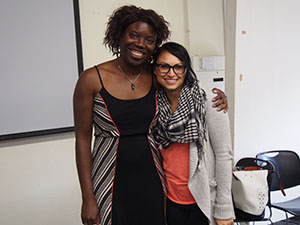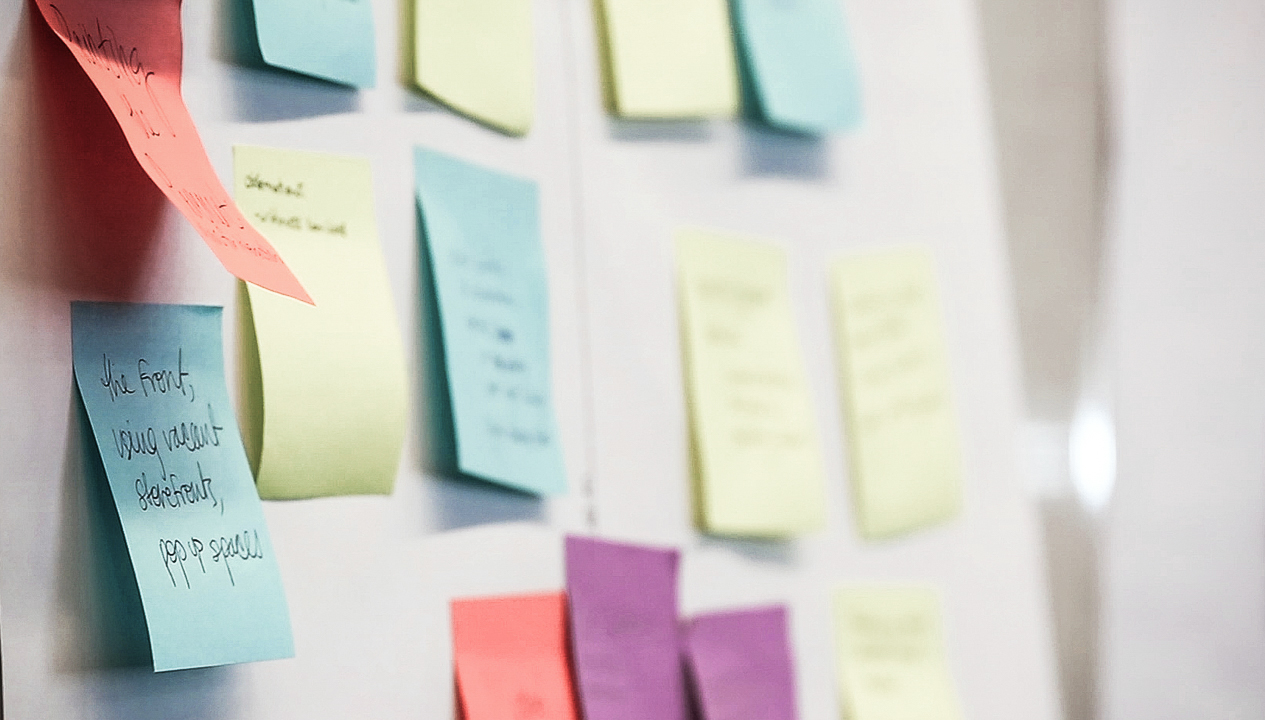This June, Art Center Environmental Design student, Stefanie Dhillon, participated in the Design Futures Public Interest Design Student Leadership Forum at Tulane School of Architecture in New Orleans, supported by the Office of the Provost and Designmatters. Stefanie was also recently awarded a Muhammed Ali Center Peace Garden grant to support the Learning Garden in Altos Del Pino in Bogota, Colombia


 So…what is public interest design? Public interest design focuses on a human-centered and participatory design practice that places emphasis on the “triple bottom line” that includes ecological, economic, and social issues and designing products, structures, and systems that address issues such as economic development and the preservation of the environment. It is mindful of the designer’s role and responsibility in society and uses design to bring about social change. I knew this type of design was my intended career path; designing for the people, with the people to make the greatest possible positive impact.
So…what is public interest design? Public interest design focuses on a human-centered and participatory design practice that places emphasis on the “triple bottom line” that includes ecological, economic, and social issues and designing products, structures, and systems that address issues such as economic development and the preservation of the environment. It is mindful of the designer’s role and responsibility in society and uses design to bring about social change. I knew this type of design was my intended career path; designing for the people, with the people to make the greatest possible positive impact.
Looking at the forum website, I was captivated by the yearbook they released on the first forum. There were so many amazing reviews from faculty members, students and forum leaders. Reading through some of the remarks from previous attendees, I was so impressed by the impact this forum made on them. All I could think of was YES. I need to attend this forum.
So what was the forum about? The Design Futures Student Forum is a symposium bringing together students and practitioners to explore the history, philosophies, and practices of public interest design. Over the 5-day period, participants were able to engage with leading public interest design practitioners through a series of workshops, presentations, and visits to New Orleans community projects.
At the forum, there were so many students, faculty and professionals from all over the country, all coming together to learn and contribute to the growing movement of public interest design. Over the course of 5 days, we participated in workshops and listened to speakers discuss public interest design, design and civil rights, models of public interest design with case studies, business models of public interest design, diversity and leadership, ways to fund and finance public interest design, standards and ethics, resource allies and partnerships for social justice, public interest design career pathways, human-centered design, making design civic and international public interest design.
We also participated in a field trip to Grow Dat Youth Farm. This was an incredible experience. We learned how the farm worked, how they funded and built their space, and most importantly, the impact they have had on youth and adults in the community. They provide job opportunities for high-school students and have a leadership program to develop life-skills through hands-on experience.
We also attended an Autodesk reception and keynote presentation by John Cary (founding executive director and curator of the newly-established Autodesk Foundation and founding editor of publicinterestdesign.org) at the new AIA space in New Orleans. The main objective: “Everyone deserves good design.”
Some of the takeaways I have from the forum are about the process of human centered/public interest design. It starts with a deep understanding of needs, hopes and aspirations of potential users and the lives they live. It is about questioning the question– reframing the problem in real-time. It is about dignity and empathy, equity and equality. It is about disrupting the world view to gain new insights and shifting the public’s perception. As designers we need to create mutually compatible relationships with communities and problem solve according to a community’s values. We need to immerse ourselves in the different experiences and processes of those in the community to truly understand what is needed. As designers we need to remain accountable with measurable outcomes and find ways of making small moves to create big impacts. Designers must continually question the outcomes they seek for their project and empower communities to be an integral part of the design process.
My experience in this forum was empowering and those five days have proved to be invaluable. The forum solidified my career path in wanting to design for the greater good and I now have the knowledge and resources to make any public interest design project happen.

